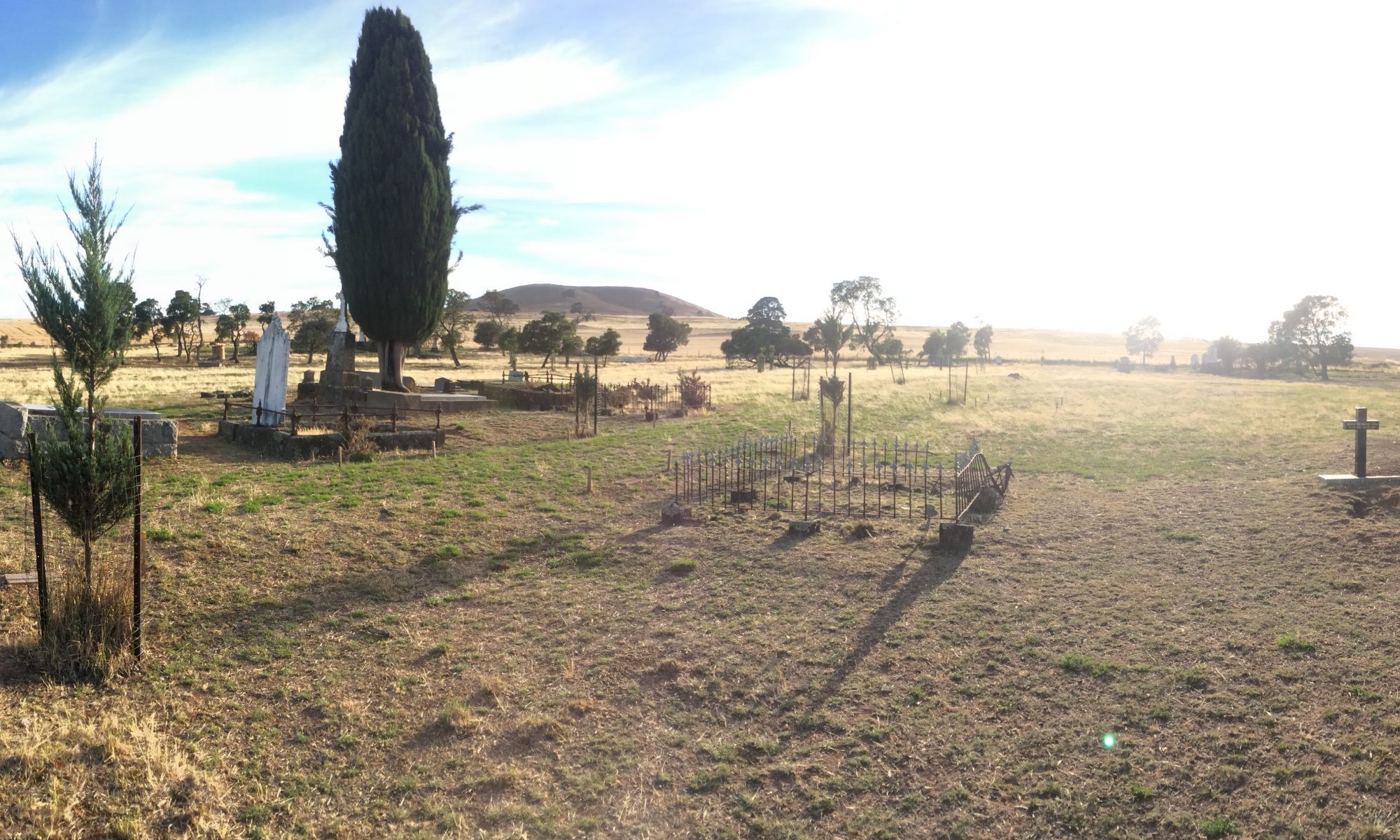Hunter Geophysics is capable of applying the full range of geophysical methods to archaeological sites. The primary benefit of the use of geophysical methods is a reduction of overall project costs associated with heritage management and assessment. Due to their initial costs, geophysical methods are best used on larger-scale projects, such as commercial construction sites, pipelines, roads or suburb development. Geophysical methods are typically not cost efficient for residential house-block developments.
For further information or to request an initial consultation, please contact us.
Hunter Geophysics can provide the following geophysical methods:
- Ground-penetrating radar,
- Magnetic gradiometry (commonly known as “magnetometry”),
- Electromagnetic methods (Frequency-Domain EM or Electromagnetic Induction – EM allows for the measurement of both ground/soil electrical conductivity and magnetic susceptibility),
- Electrical resistivity (twin-probe and Wenner arrays),
- Electrical Resistivity Tomography (or Resistivity Pseudosections, or Electrical Resistivity Inversions),
- Metal detecting,
- and other techniques where applicable.
Additionally, we provide several non-geophysical methods of archaeological prospection:
- Surface artifact scatter survey,
- Microtopographic survey,
- Aerial photography,
- Multi-spectral imaging.

